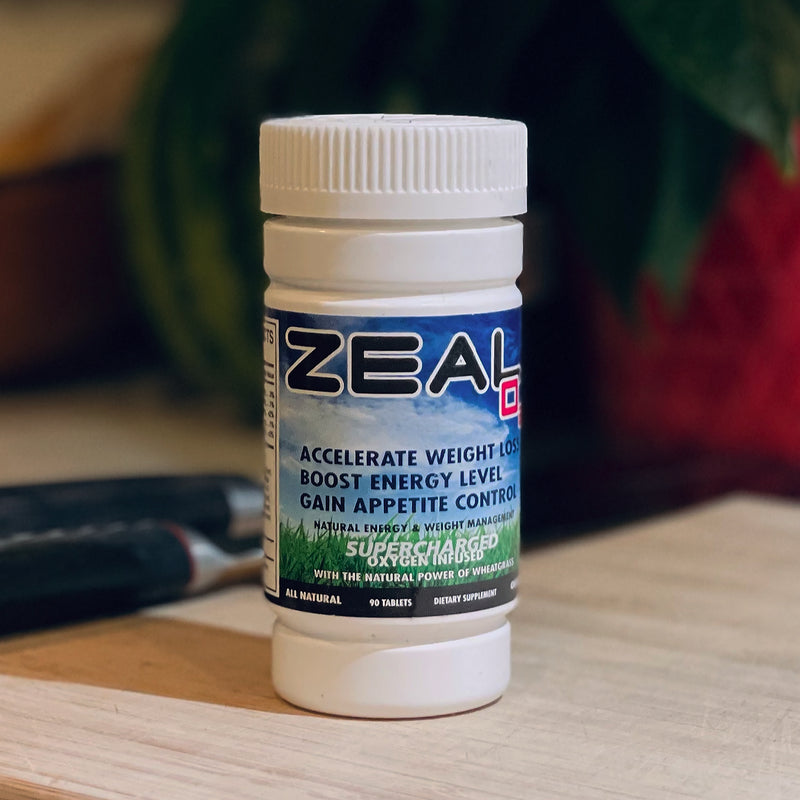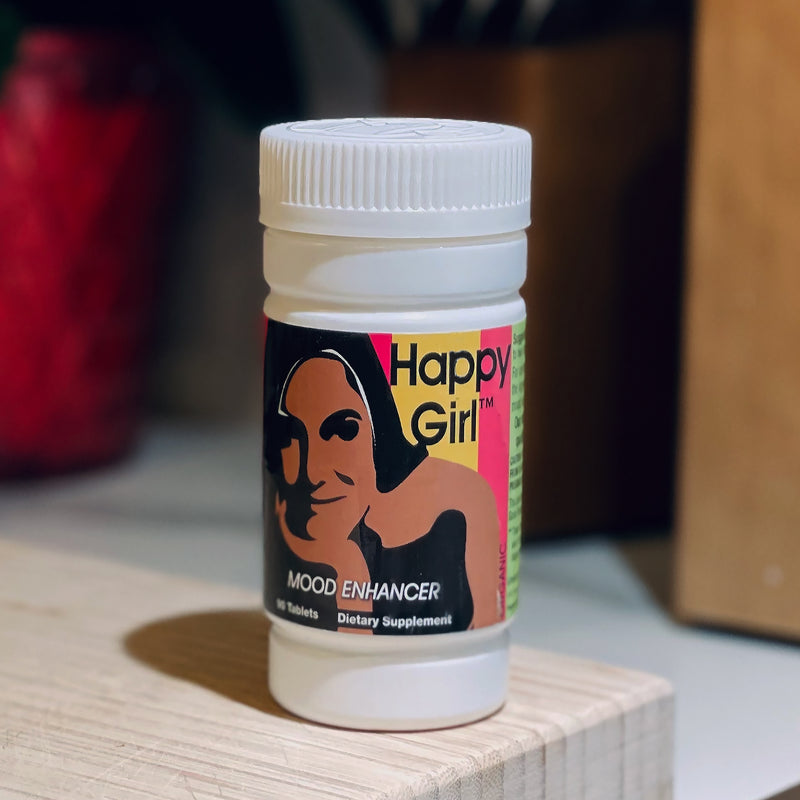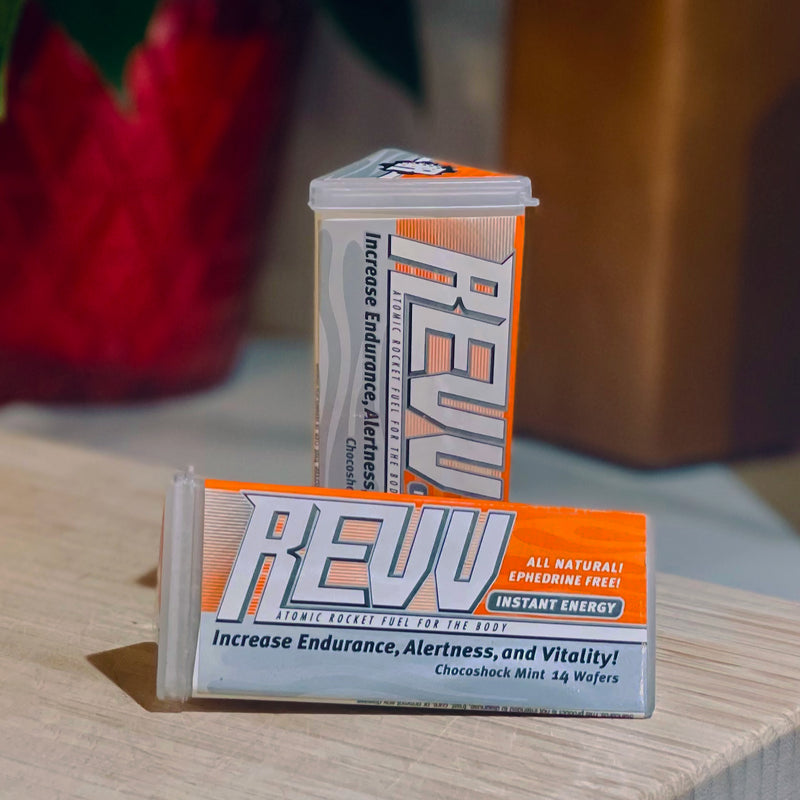Interval training, or high-intensity interval training (HIIT) may be the solution if you don’t have the time or patience for long workouts at the gym. An abbreviated version of your usual workout, it involves a few minutes of high-intensity exercise followed by a few minutes of low-intensity exercise or rest.
Your workouts will be shorter since they’ll be more intense, but the outbursts of activity will be followed by an equal amount of rest or slower activity. Instead of spending an hour at the gym, you can get the same results in 20 minutes with HIIT training. You’ll burn more calories for an extended period after interval training than after a regular cardio workout. An intense workout will help you burn more calories and lose weight.
Types of Interval Training
While the prototypes for what we call interval training were originally developed in the 1800s, several regimens that we use now were created in the 1970s-2010s.
The Tabata regimen, developed by Professor Izumi Tabata in 1996 to train Olympic speed skaters, involved 20 seconds of intense exercise followed by 10 seconds of rest, and repeated for eight cycles, or four minutes. Athletes using his method trained four times a week, with one day of steady exercise. A study showed that “high-intensity intermittent training may improve both anaerobic and aerobic energy supplying systems significantly” while moderate training improved aerobic capacity, but didn’t improve anaerobic power.
The Gibala method is named for Martin Gibala, a professor at Canada’s McMaster University. He conducted research on interval training in 2010, and found that as little of 60 seconds of intensive exercise, like sprinting, could have the same positive effect on the heart, muscles and respiratory system as longer sessions of moderate exercise. To be effective, the minute of intensive exercise has to be followed by slower exercise and recovery. In McMaster’s study, participants warmed up for two minutes, then rode a stationary bike as fast as possible for 20 seconds, then pedaled slowly for two minutes. They repeated this cycle two more times.
It’s important to follow high-intensity exercise with a longer period of low-intensity exercise. One minute of intense pedaling on a stationary bike should be followed with two minutes of walking or step aerobics, for example.
The Zuniga regimen, a faster version of the Gibala method, uses 10 repetitions of a workout with 30-second intervals. A study showed that these short intervals would allow athletes to compete in activities with greater VO2 (measurement of total amount of oxygen a person can use during intense exercise). The study was performed by JM Zuniga and associates at the University of Nebraska Lincoln, Lincoln, Nebraska.
What is Interval Training?
Interval training involves short workouts alternating high-intensity exercise with low-to-no intensity recovery periods. A study published in the journal Cell Metabolism shows high-intensity training can help delay the aging process.
Interval training adds some variety to your exercise regime. You’ll never get bored with HIIT training. You can incorporate all types of exercise, including walking, biking, aerobics, dancing and weight training to your routine. It’s extremely effective, but it can also wear down the body if done for a long period of time.
Why Interval Training Is Better than a Regular Workout
- Interval training boosts energy more than a moderate workout that lasts longer.
- Builds lean muscle tissue faster than regular exercise.
- Your body burns calories for up to 48 hours after a HIIT workout.
- 20 minutes of interval exercise burns more calories than 20 minutes of steady exercise
Your muscles require more oxygen during intense exercise. The VO2 max is the highest amount of oxygen your body consumes when you exercise. Interval training works your body close to your maximum level, which causes afterburn. Your body continues to consume oxygen after your workout.
Get Fit In Less Time
Regardless of your fitness level, you’ll get more out of interval training by following these tips:
- Start your routine slowly. Exercise as hard as you can for 20 or 30 seconds, then rest for up to 60 seconds.
- Make your workout tougher by adding more weight to your dumbbells.
- Remember to warm up to prevent injury. Use circular movements to loosen up neck, shoulder wrist, hip, leg and ankle joints. Follow by doing jumping jacks or running in place.
- Keep track of your reps, and increase the number during your next interval.
- You should be exercising vigorously enough that you can’t speak in full sentences.
- Make the most of your workout by exercising with a partner. You’ll rest while your partner works out, and vice versa.
Do an interval workout two or three times a week. Don’t choose nonconsecutive days – your body needs time to rest between sessions. Practice yoga, Pilates or aerobics other days of the week.
HIIT Exercise Suggestions
You don’t always need weights, a kettlebell or a stationary bike to do HIIT. Incorporate these exercises into your interval workout. A few of the most popular interval exercises are gadget-free. Use the following moves in your interval workouts.
Jump rope. Improvise if you don’t have a rope by sprinting in place and drawing your knees up to your chest while you pretend to swing a rope.
Push-ups. Assume a plank position and put hands under your shoulders. Lower your chest to the floor and then push back up to the original position.
High Jumps. Jump up, as if to stop a volleyball spike. Land gently on the ground and repeat.
Burpees (squat thrusts) are sometimes called the most efficient, fat-busting exercise you can do. It combines a series of other exercise movements in one rapid sequence. A burpee consists of a squat, plank, push-up, squat thrust, and straight jump one right after the other. Burpees can be adapted for beginners, intermediate and advanced fitness levels. Do burpees slowly as a warm-up or quickly for more fat-burning. Do 10 or 20 minutes worth, five burpees, three, even one, using the pace which suits your fitness level. If you’re a beginner or have weak joints that can’t take a lot of pressure, try an inclined bench burpee or step back burpee. These modifications are good if you have limited mobility or are returning to regular exercise after being sedentary for a long time.
You can also use kettlebells or dumbbells at a weight that’s comfortable for you.
Kettlebell Thruster ( or squat with overhead press). Hold dumbbells or kettlebells at shoulder level. Thrust your hips back and lower your body into a squat. Then stand up and push weights overhead. Extend your arms. Lower weights and rest for 30 seconds. Then start your next squat. (You can always adjust the kettlebell or dumbbell weight to fit your needs.)
Alternating Lunges with Bicep Curl Stand in place with hand weights (Use 2-5 pound weights). Lunge forward on your left leg, stand up straight. Lunge forward on your right leg, then straighten up again. Rest for 30 seconds, then repeat three more times.
Interval Training for Better Heart Health
Like regular cardiovascular and aerobic training, interval training strengthens the heart. The American Heart Association recommends 150 minutes of moderate intensity exercise per week or 75 minutes of jogging or other vigorous exercise. During high-intensity interval training, you’ll perform heart-healthy aerobics at a fast pace.
Choose an aerobic exercise you enjoy, and perform it at high intensity for a few minutes; then perform the same exercise at a low-intensity. Swimming, walking and biking are just a few examples. Adjust the interval training function if you use a treadmill or stationary bike at the gym to help you effortlessly through the process.
Improve cardiovascular health with this quick workout:
Do a 15-minute warm-up. Run, bike or use a rowing machine as vigorously as you an (should be at 90% of your maximum heart rate) for three minutes. Recover for three minutes by rowing, etc. at a slow pace. Repeat this routine three or for times, then do a ten-minute cooldown.
Interval Training for Seniors and People with Mobility Issues
People over 50 can still do interval training. We get weaker as we age, and HIIT is a great way to preserve and even build muscle strength. If you have cardiovascular problems, check with your doctor before starting any exercise program. The over-65 group in the Cell Metabolism study showed a 69% increase in cell oxygen intake and energy production after interval training.
You don’t need to be an athlete or fitness buff to reap the benefits of interval training. It can help you even if you’re overweight and sedentary. You’ll need to adjust the routine to fit your current fitness level. You can make the routines harder as your endurance increases. In a study on overweight and obese men, volunteers did interval exercises three times a week for ten minutes. After six weeks, subjects saw their endurance increase by ten per cent.
The Four- Minute Workout
You can save even more time with a four-minute workout. A 2013 Norwegian study set out to determine the minimum amount of exercise needed to make a noticeable improvement in health and endurance. They concluded that sixteen minutes - or four repetitions (with a three-minute rest period between each interval) is the minimum needed to attain maximum results.
It’s important that you do HIIT workouts correctly and consistently, like all other exercise programs.
Benefits of Interval Training : A Round-Up
With all the research available on interval training, there’s no doubt it can help most people get fit and healthy. Here’s a recap of all the benefits you can get by introducing interval training to your exercise routine.
- You’ll build endurance.
Doing HIIT helps you increase your endurance. You’ll be able to exercise longer, and maybe even double the length of time you stay active. Exercising at a normal pace for a longer period of time will not necessarily increase your endurance. One study showed volunteers who did HIIT for eight weeks could pedal their bikes twice as fast at the same rate.
- Increased Metabolism
You’ll consume more oxygen during a HIIT workout than a regular workout. The extra oxygen you consume increases your metabolism rate to 144 minutes after an interval-training session. An increased metabolism rate allows you to burn more calories.
- You don’t need equipment.
While you can use stationary bikes, treadmills, kettlebells and other equipment for high-intensity interval training, they’re not a necessity. All you really need is some space to move around. Any exercise that gets your heart rate up fast, such as jumping jacks or high jumps will suffice.
- It’s highly adaptable.
You can choose what exercises you want and vary the intervals according to your fitness level. You’re not restricted to biking, swimming, walking, jogging, etc. Any type of aerobic activity will work.
- It will help your heart.
It’s hard for most people to train until they get into an anaerobic zone and experience a pounding heart and heavier breathing. Interval training lets you train hard for a few minutes and experience that sensation. The rest that follows make it easier for you to push yourself and get your heart rate up again.
- Saves time
You won’t need to block out a lot of time to get to the gym, workout and drive back home. You can do interval training at home, take a class or jog in the park. Work the schedule that feels comfortable for you.
- Burns fat long after you’ve finished exercising.
For 24 hours after an interval workout, your body still burns fat and calories. After a regular workout, you body may not burn them for as long.
Get more pep before or after interval training by taking Happy Girl Mood Enhancer from Wheatgrass Love. Happy Girl is made from wheatgrass, which offers hundreds of vitamins, minerals and other nutrients. Wheatgrass helps ensure overall physical and emotional well-being to help you make the most of interval training and other exercise. It also contains white willow bark (to eliminate toxins), green tea extract (for more energy and better ability to burn fat) and about a dozen other health-boosting herbs. Order it here.
















